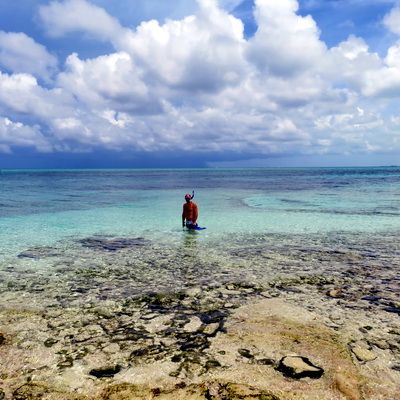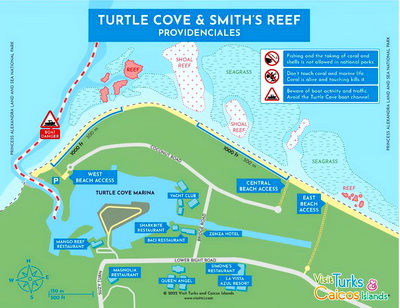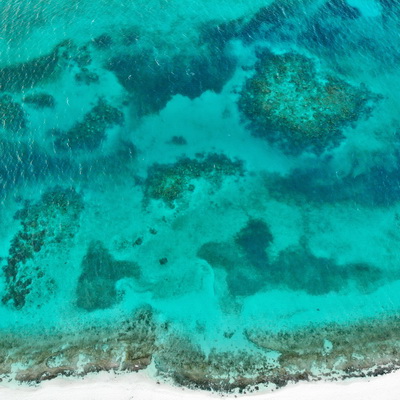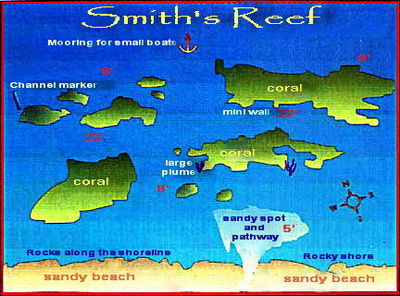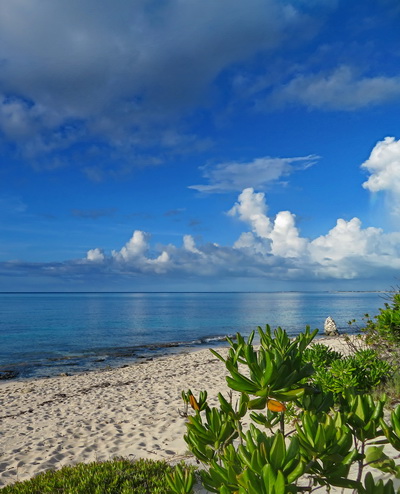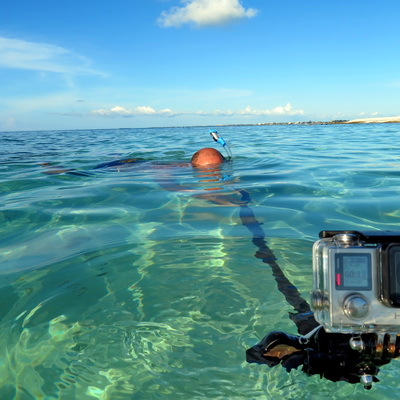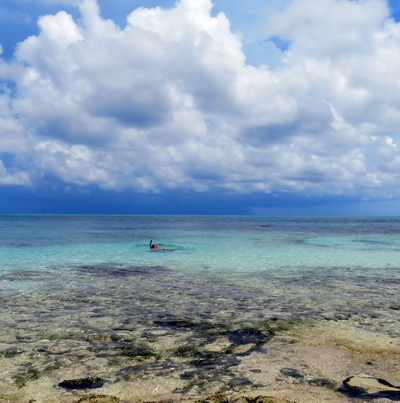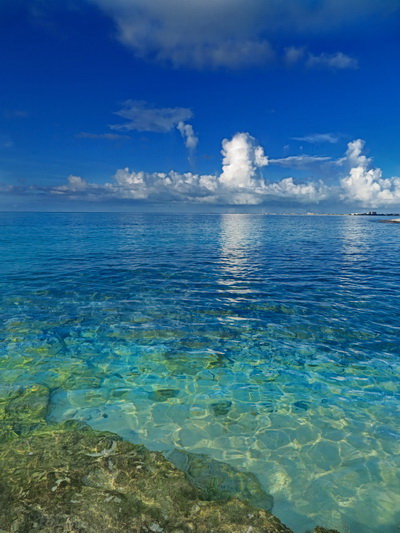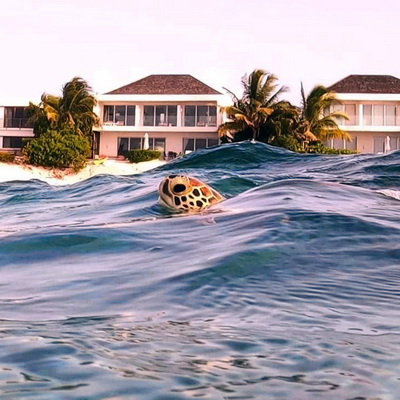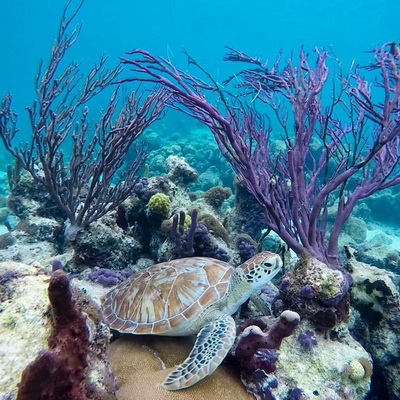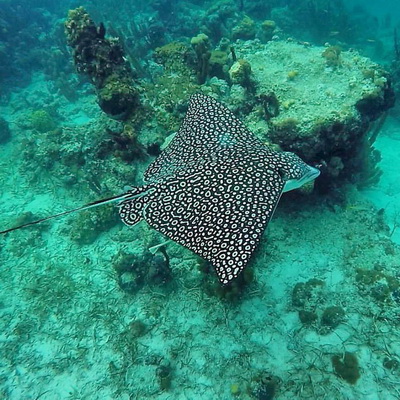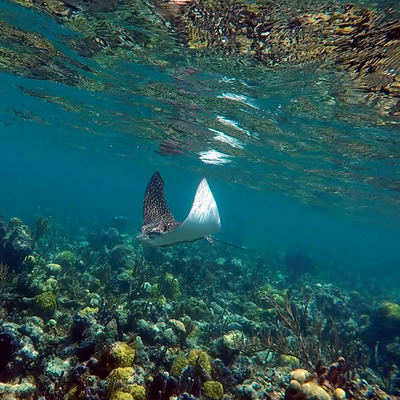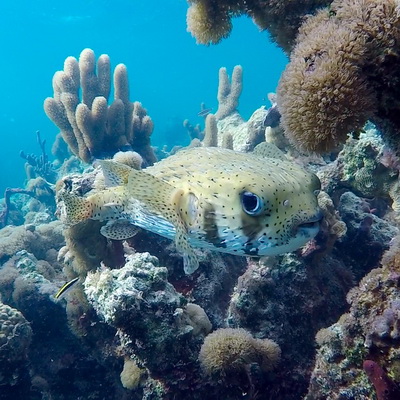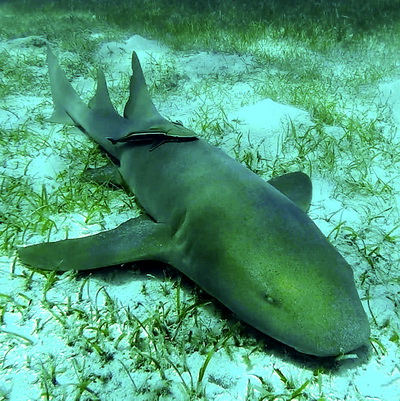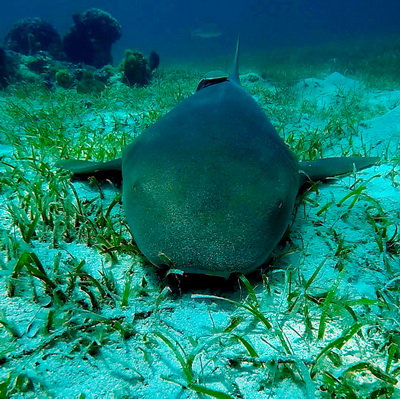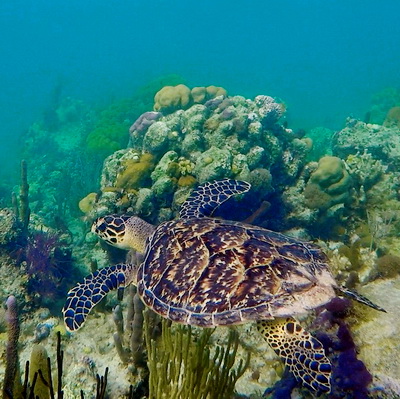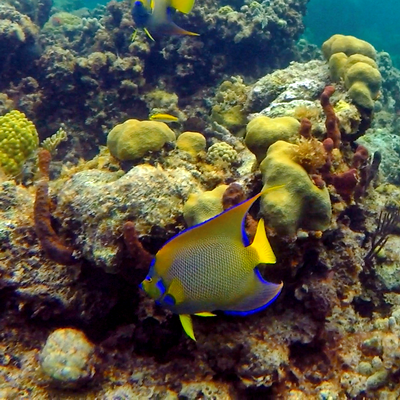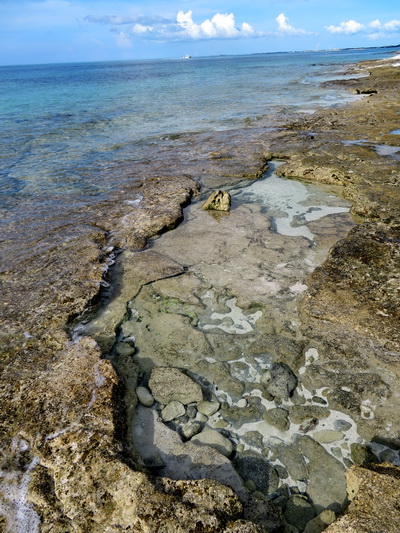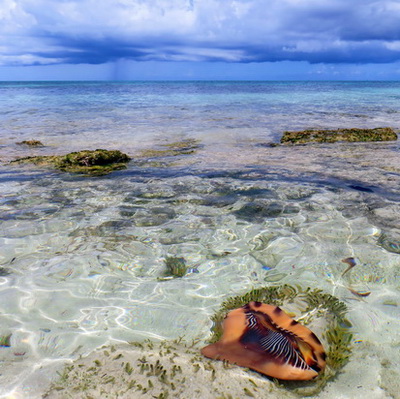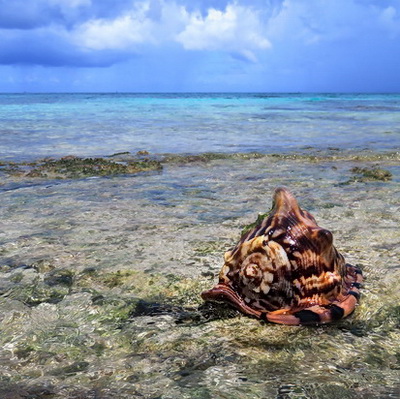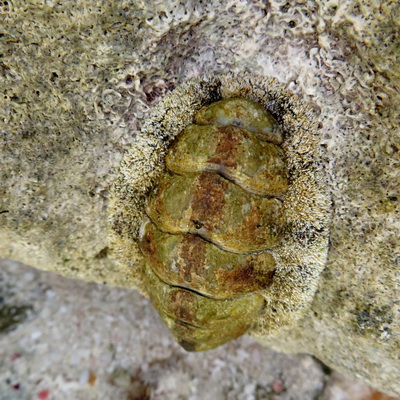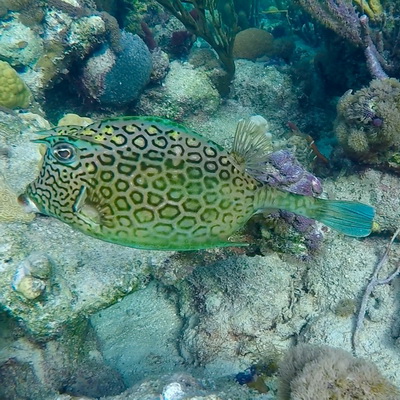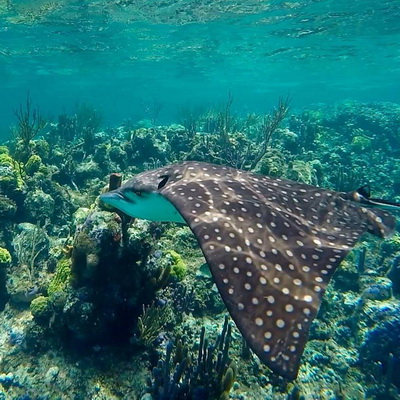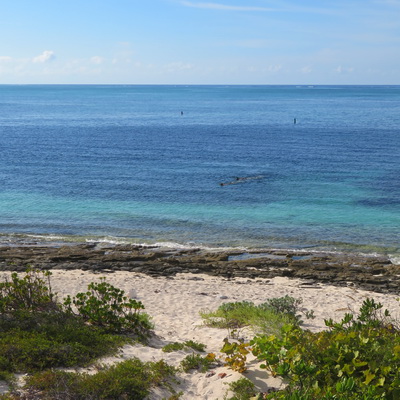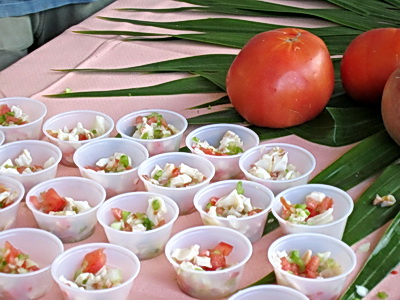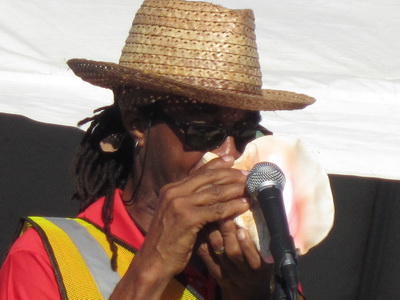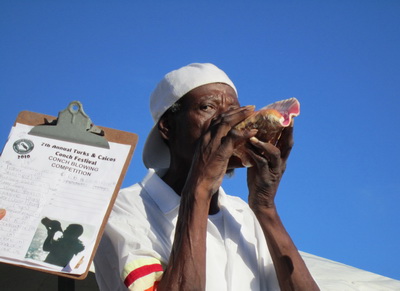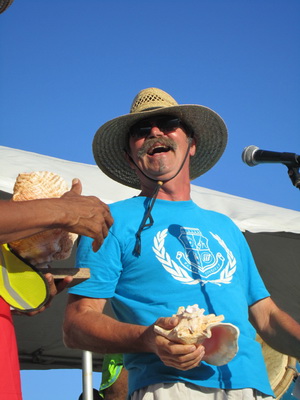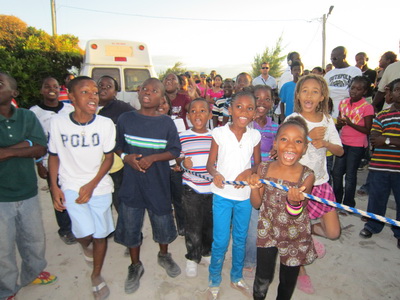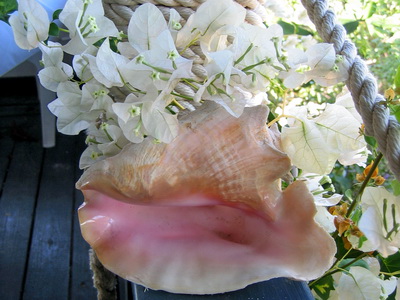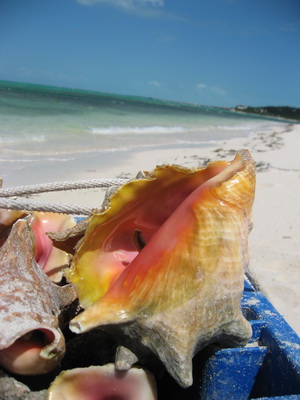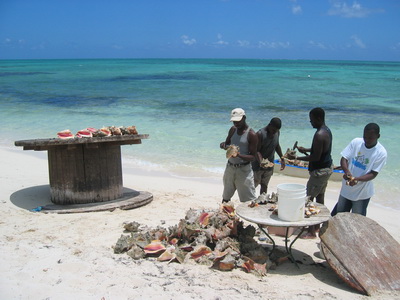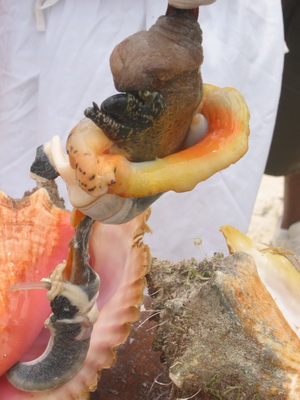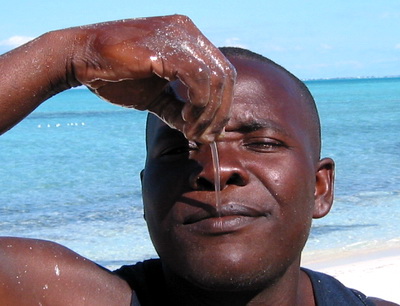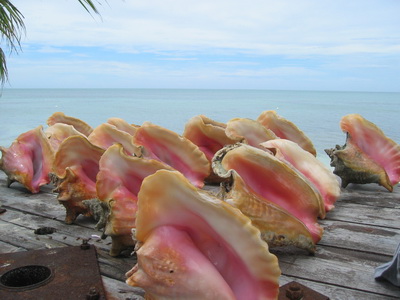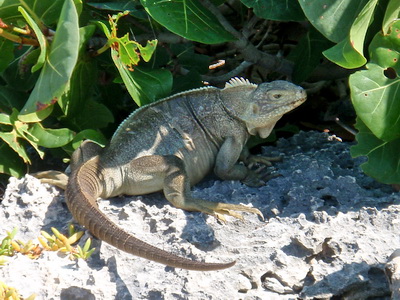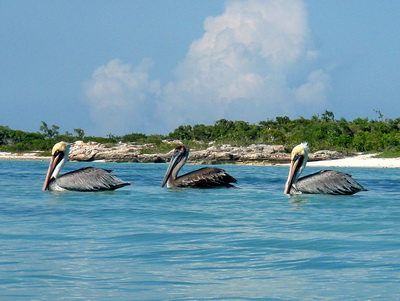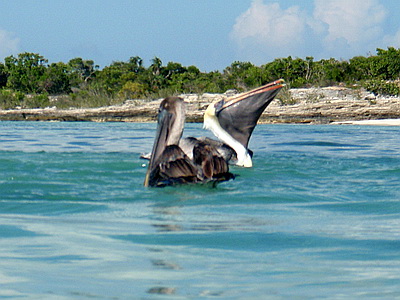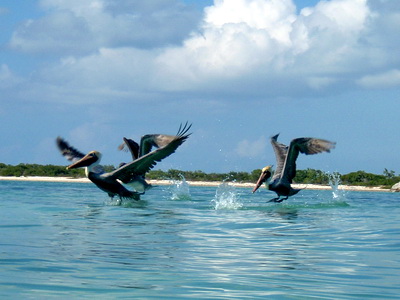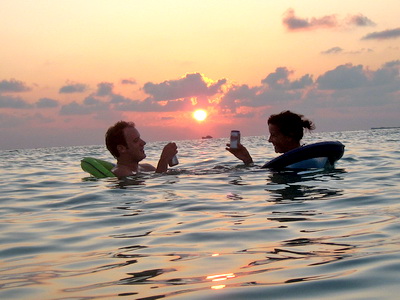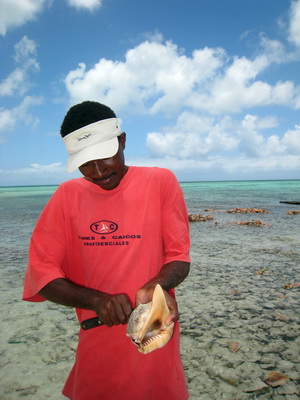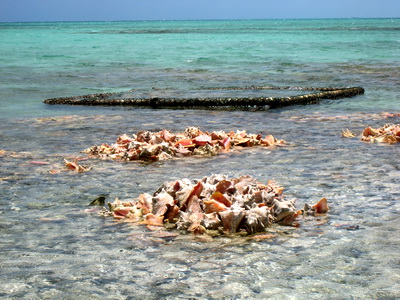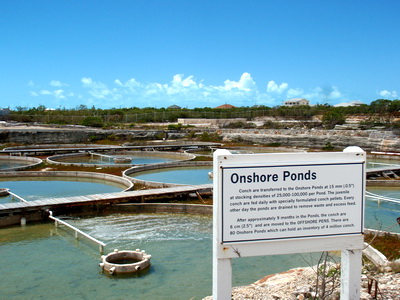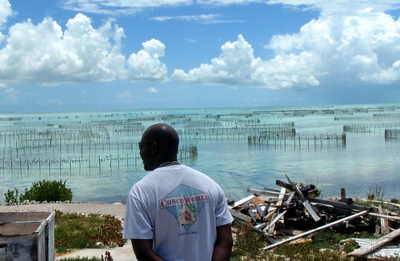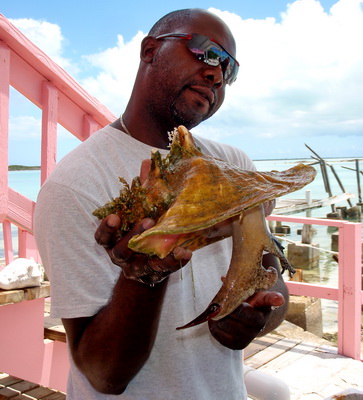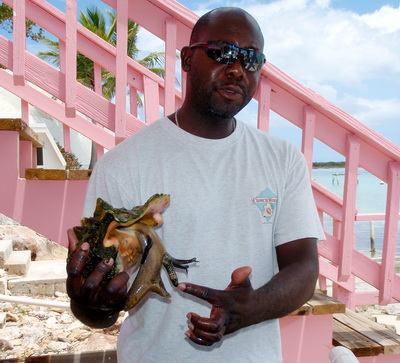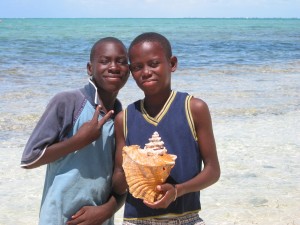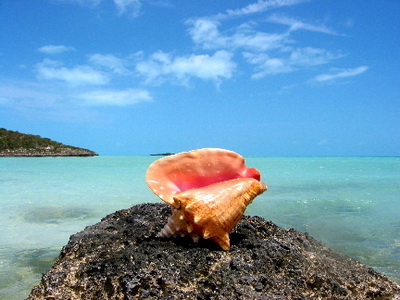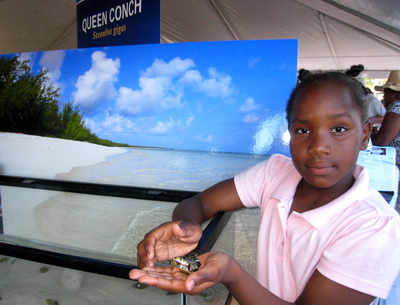Smith’s Reef is an amazing area for snorkeling and not too far off shore. You need to be aware that it is right beside the entrance to Turtle Cove Marina. A word of caution …. take note of the channel markers for incoming and outgoing water craft and stay out of the channel itself. You will see such a variety of sea life such as turtles, eagle rays, sting rays, an abundance of fish and corals.
Visit TCI has a good map showing the location and how to find the reef.
Heading out with a go pro to get some classic underwater shots.
Just a few words before you set out to enjoy and explore our reefs.
Please do not touch or stand on anything as coral is a living animal and be sure not to brush anything with your flippers, equipment or gear.
Remember:
- Don’t step on coral. …
- Don’t touch or chase marine life. …
- Don’t stir the sediment. …
- Don’t take marine life – dead or alive.
- Please use reef safe sunscreen
Do not cover yourself heavily with sunscreen before snorkeling and of course biodegradable lotions are available and better yet, buy a rash guard.
Wandering the shore line at Smith’s Reef is always full of discoveries, lovely rock pools and all kinds of shells and marine life.
Chitons also known as Coat of Mail shells or Sea Cradles are a marine mollusc found along the rocks at Smith’s Reef and elsewhere.
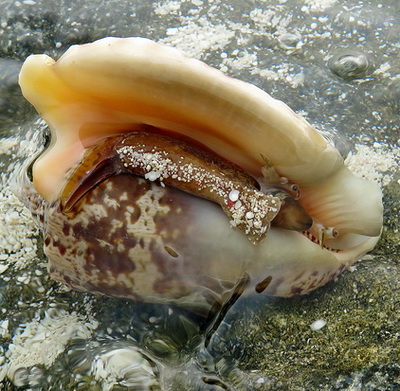
See the eyes peeking out of the shell of this baby conch and the claw-like operculum with which they move across the ocean floor.
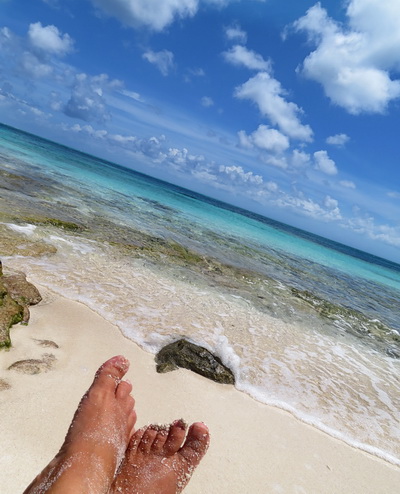
And here’s me just enjoying every part of the day here at Smith’s Reef.
All the amazing underwater photos are taken by Mike so I thank him for letting me use them for my blog.
Enjoy the reefs everyone but please take care as you snorkel to preserve and protect the coral and sea life.
Snorkel responsibly and have fun.
Marta

